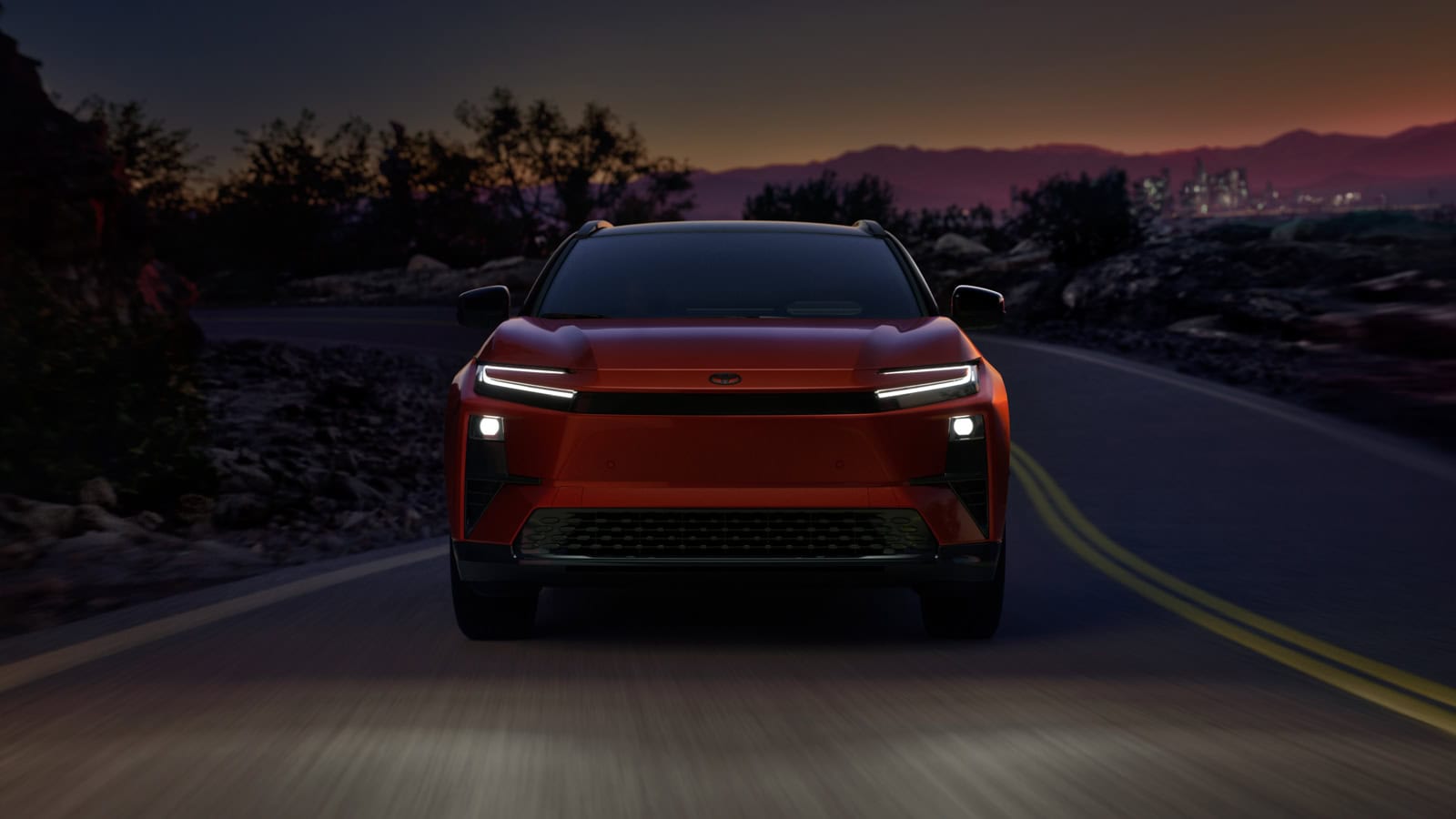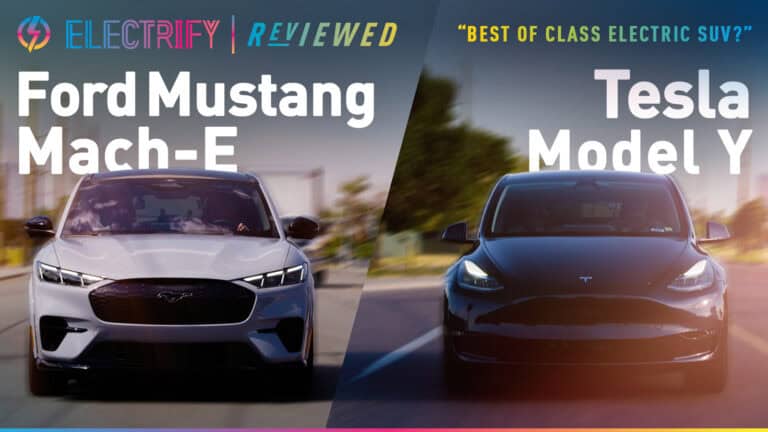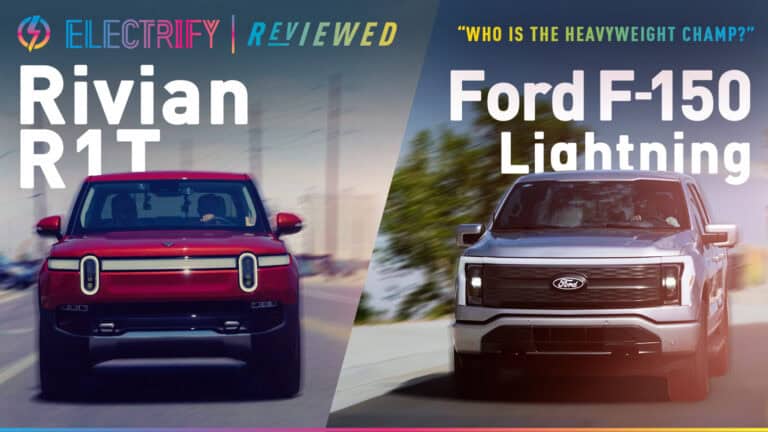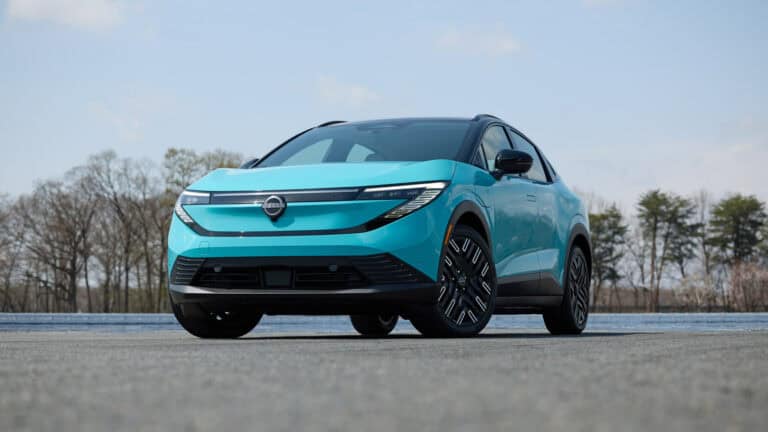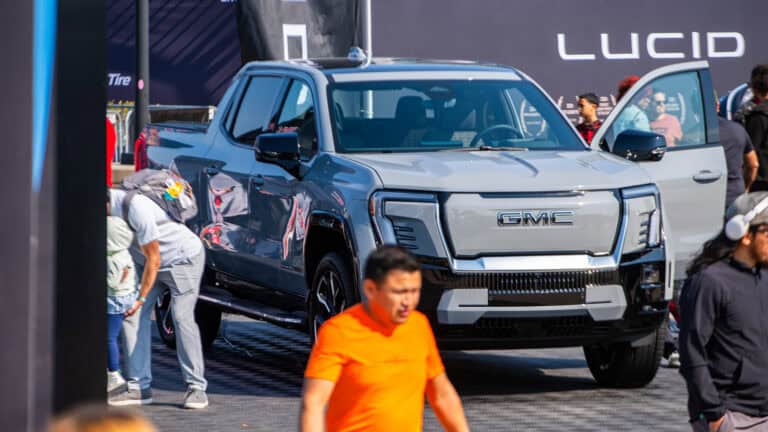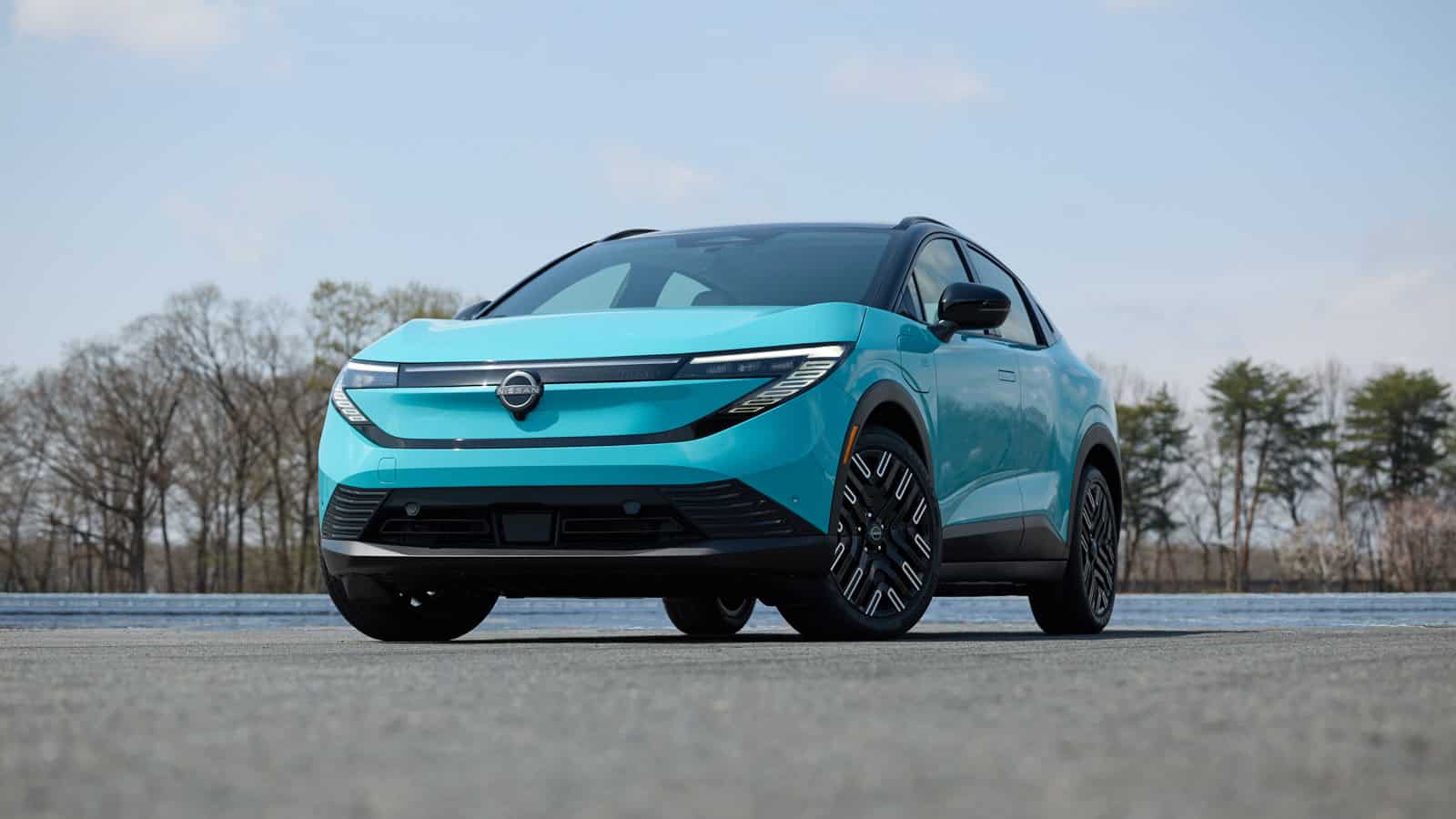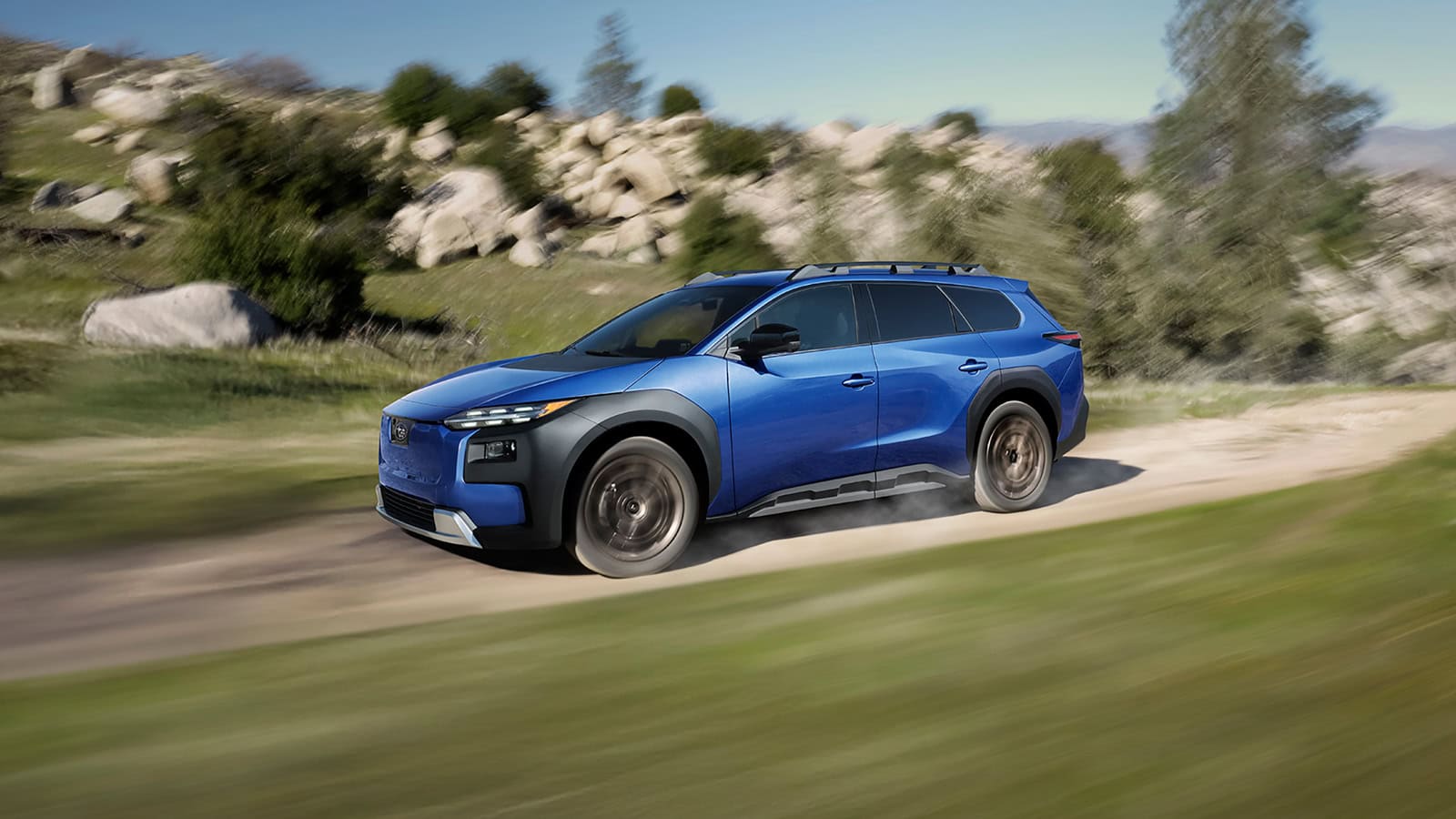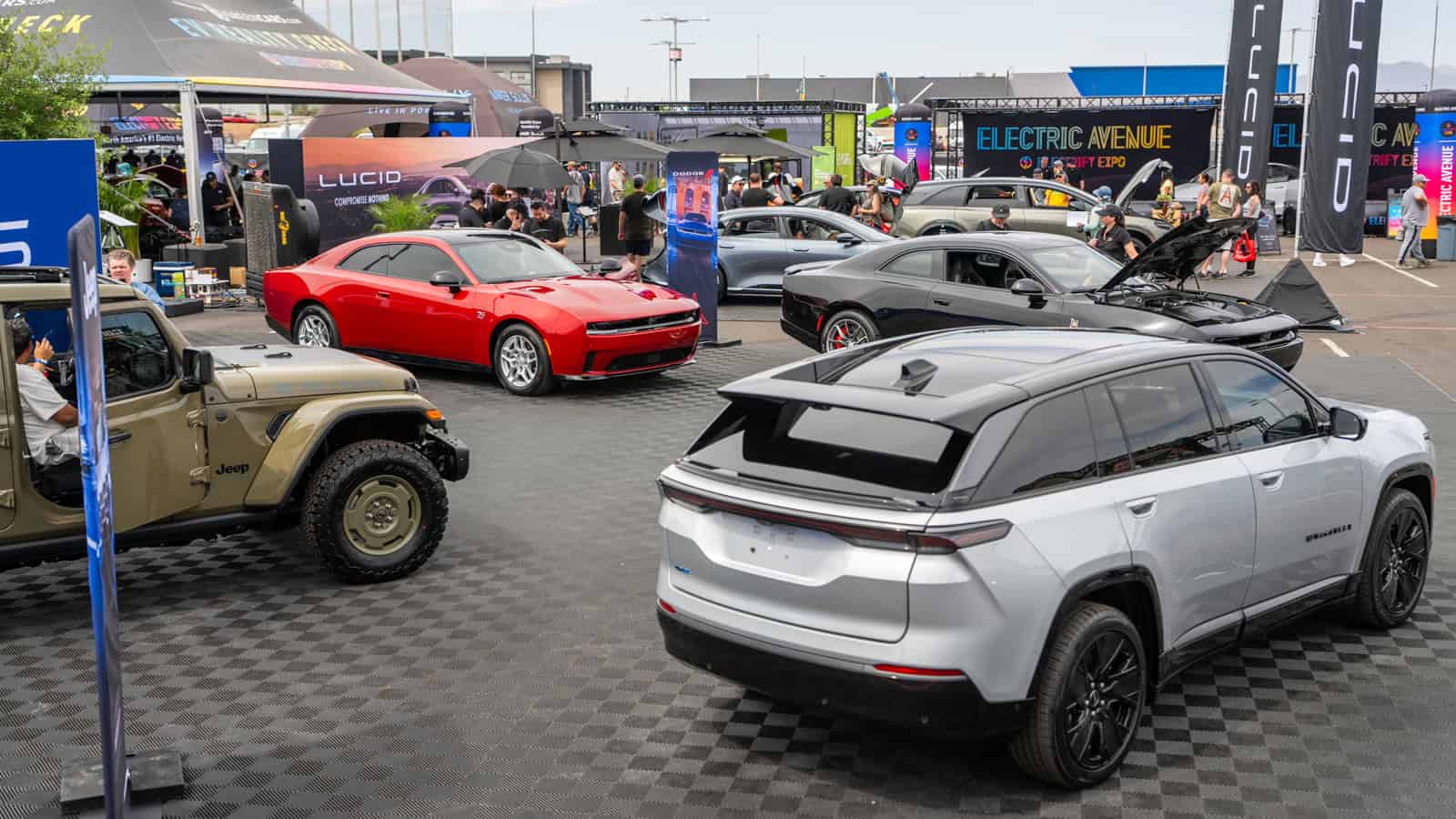- The 2026 Toyota C-HR BEV delivers 338 horsepower with standard all-wheel drive and reaches 0 to 60 mph in around 5 seconds.
- It offers a manufacturer-estimated all-electric range of up to 290 miles and supports Plug & Charge with a NACS port for wide charging access.
- The vehicle includes a 14-inch touchscreen, dual wireless phone chargers, paddle shifters for regenerative braking, and ambient lighting inside a coupe-like SUV design.
ADVERTISEMENT
Let’s start with this: 338 horsepower. In a compact SUV. From Toyota. Fully electric. That alone should make you pause for a second. Because when you think Toyota, maybe you think reliable. Efficient. Hybrids, Priuses, Camrys with 300,000 miles still chugging along. But this? The 2026 Toyota C-HR BEV just flipped that script, and then cranked the volume to 11.
This isn’t a hypothetical concept car that will eventually make it to dealerships five years too late and six features short. The 2026 Toyota C-HR BEV is real, and it’s coming to U.S. dealerships with a manufacturer-estimated all-electric range of up to 290 miles. That’s longer than a Tesla Model Y Rear-Wheel Drive (260 miles) and right on par with the Hyundai Ioniq 5 (303 miles). And it does it with flair. Think coupe-style body, AWD, a 0-60 time around 5 seconds, and regenerative braking you control with paddle shifters. Yes, paddle shifters on an electric crossover.
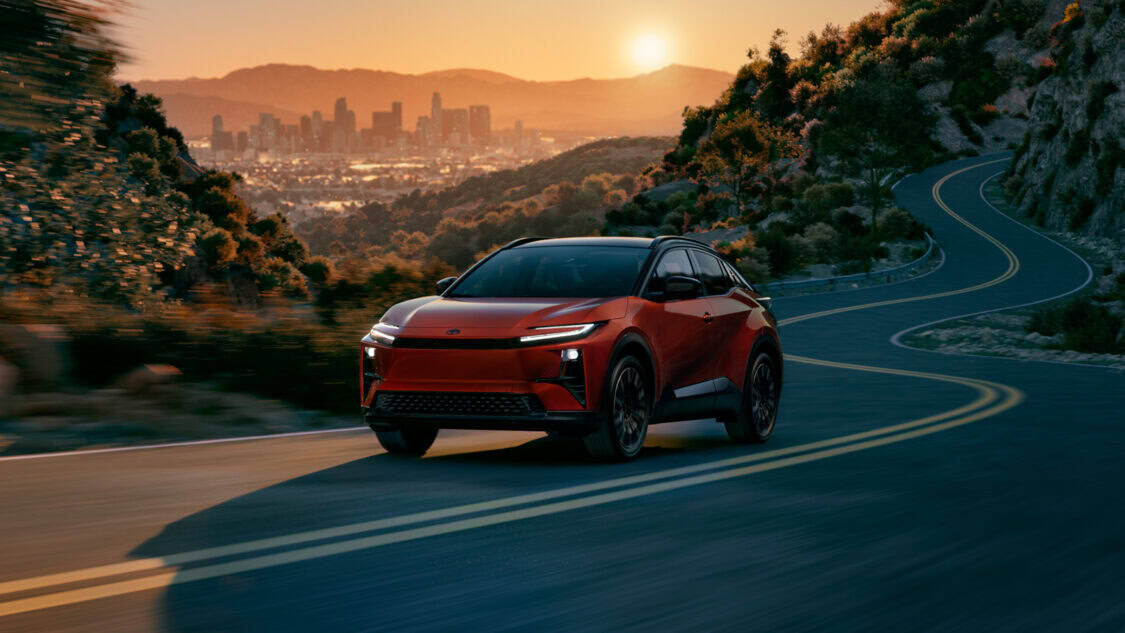
“C-HR is our comeback car for those who missed Toyota’s edgier side,” said Dave Christ, Toyota Group Cice President and General Manager, in a recent statement. And he’s not wrong. The Toyota C-HR looks like it should be playing in a Fast & Furious spinoff. Angular, sculpted, with optional 20-inch gunmetal wheels and paint names like Tandoori and Wind Chill Pearl. It’s got presence, like, double-take-in-the-parking-lot presence.
Inside the 2026 C-HR, you’ll find it modern and mature. Soft-touch surfaces, ambient lighting you can customize to match your mood, and a massive 14-inch touchscreen that runs Toyota’s own Audio Multimedia system, developed right in Texas.
You get dual wireless phone chargers, USB-C ports front and back, and yes, a fully digital gauge cluster. The cabin layout is clean and functional, but with subtle personality. Even the climate controls feel thoughtfully placed. There’s space, too. Up to 25.4 cubic feet of cargo behind the rear seats, with a 60/40 split if you need to toss in some IKEA flatpacks or camping gear.
ADVERTISEMENT
The battery setup in the Toyota C-HR delivers some of the most practical muscle in the entire package. It uses a 74.7-kWh lithium-ion battery, paired with dual eAxles (one at the front and one at the rear) to provide instant all-wheel-drive torque.
For recharging, the C-HR is equipped with a North American Charging Standard (NACS) port, which gives drivers access to thousands of DC fast chargers across the United States, including Tesla Superchargers. Toyota has confirmed that Plug & Charge functionality is included, meaning drivers can simply plug into a compatible station and start charging automatically. No mobile apps. You don’t need a physical card. No scanning QR codes like you’re trying to launch a rocket.


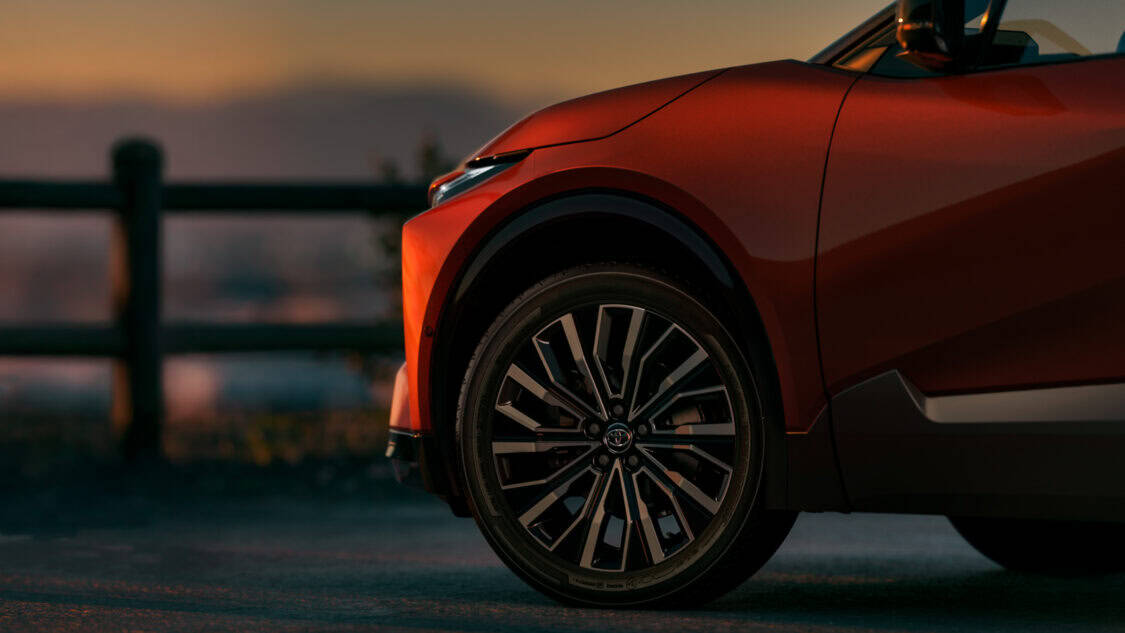
Under ideal conditions, you’ll go from 10% to 80% in about 30 minutes. And if you’ve got time to kill, use the built-in Wi-Fi hotspot to stream from Apple Music or Amazon Music while your C-HR tops up. And no, you don’t need a dongle. This is all baked into the Toyota Audio Multimedia system. And yes, it supports wireless Apple CarPlay and Android Auto. Because of course it does.
The C-HR goes beyond offering comfort and performance by adding a full suite of safety technology. Toyota Safety Sense 3.0 comes standard and includes features such as Pre-Collision with Pedestrian Detection, Full-Speed Range Dynamic Radar Cruise Control, Lane Tracing Assist, and Road Sign Assist.
ADVERTISEMENT
Safe Exit Alert is also included, which can detect vehicles or cyclists approaching from behind and warn occupants before they open a door. The system goes further than just issuing alerts. It can apply braking or steering assistance if the driver does not respond. This kind of active support brings an added layer of confidence to every drive.
It even pre-conditions its own battery en route to a DC charger if you set it as a navigation destination. That’s nerd-level smart.
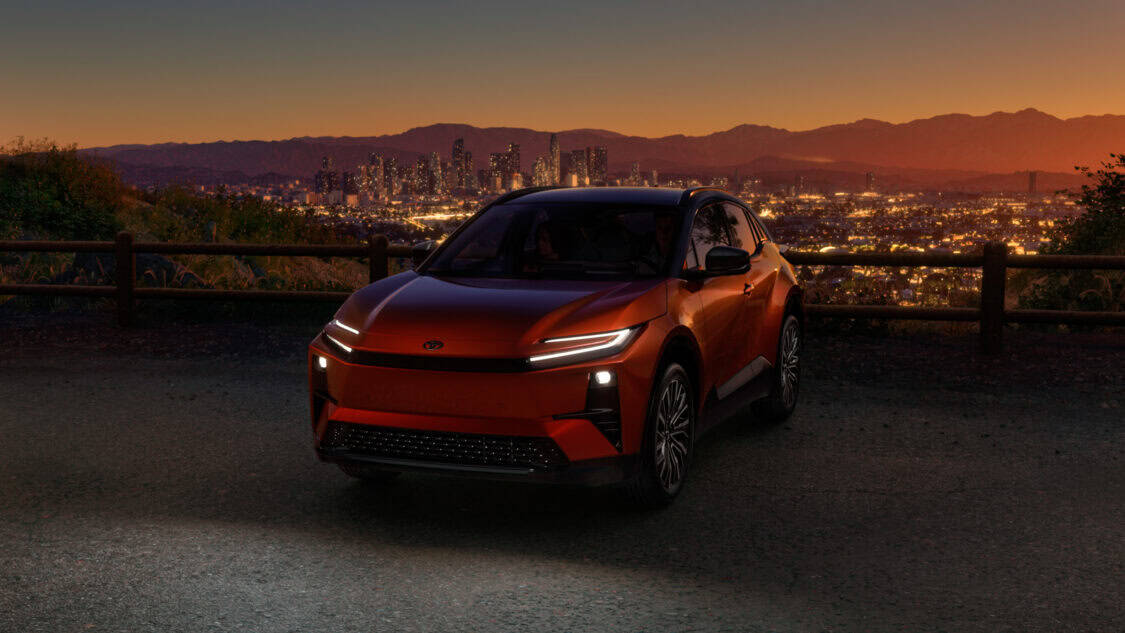
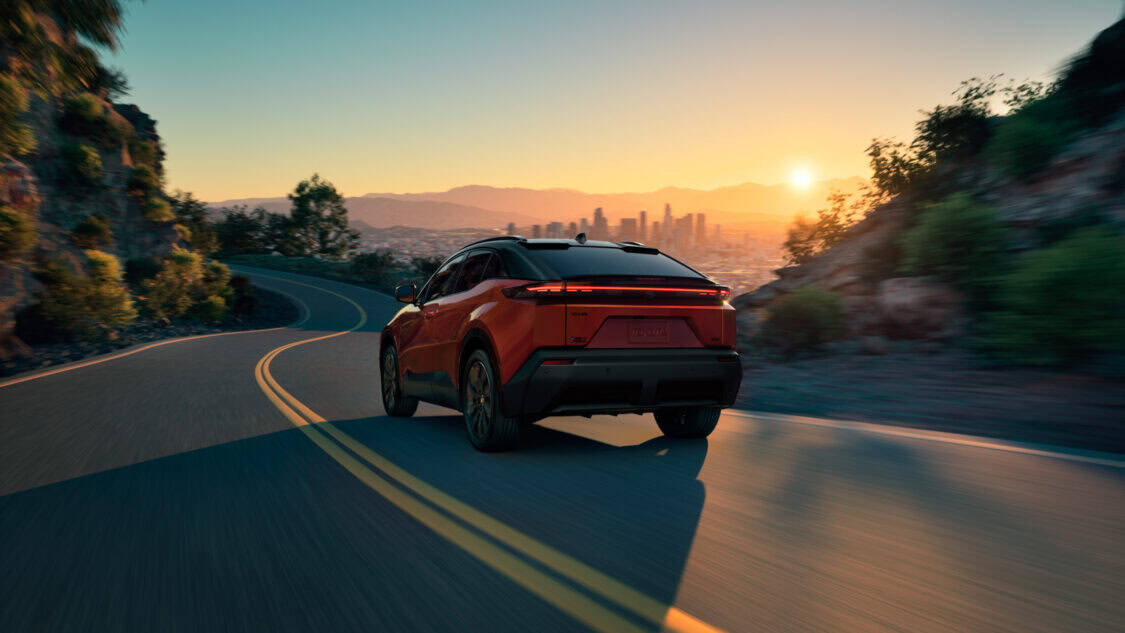
The SE and XSE trims are the only two you’ll need to remember. The SE gets you everything you expect, like heated seats, power liftgate, rain-sensing wipers, 18-inch wheels, and dual Qi wireless phone chargers.
Go XSE, and you’re looking at 20-inch wheels, upgraded upholstery with synthetic suede and SofTex, memory driver seat, panoramic view monitor, and fancy extras like Traffic Jam Assist and Lane Change Assist. You also get extra color options like two-tone Tandoori with a Midnight Black roof.
ADVERTISEMENT
Also worth noting is the regenerative braking system. It features four selectable levels, controlled by paddles mounted on the steering wheel, allowing the driver to adjust how much kinetic energy is converted back into electric energy during deceleration. Increasing the level of regenerative braking can help extend the vehicle’s range. It also reduces the need to apply the brake pedal as frequently in stop-and-go traffic or during downhill driving.
Toyota’s North Carolina plant is ramping up for EV battery production, proving they’re investing in long-term U.S. electric vehicle supply chains. This is part of Toyota’s plan to offer 30 BEV models globally by 2030, and 20 electrified vehicles in the U.S. alone.

While some automakers are pulling back from EVs due to economic pressures, Toyota’s doubling down. Ford’s scaling back F-150 Lightning production. Meanwhile, Toyota is quietly engineering a comeback with reliable, powerful, and accessible electric options like the C-HR.
The Toyota C-HR BEV is a real production vehicle, not a design study or a short-term trial. It brings personality back into Toyota’s electric lineup, combining performance, style, and practicality in a way that turns heads. Anyone who assumed electric vehicles had to feel dull or uninspired should take another look. This one changes that conversation entirely.
ADVERTISEMENT

IMAGES: TOYOTA
FTC: We use income-earning auto affiliate links. Learn more.


